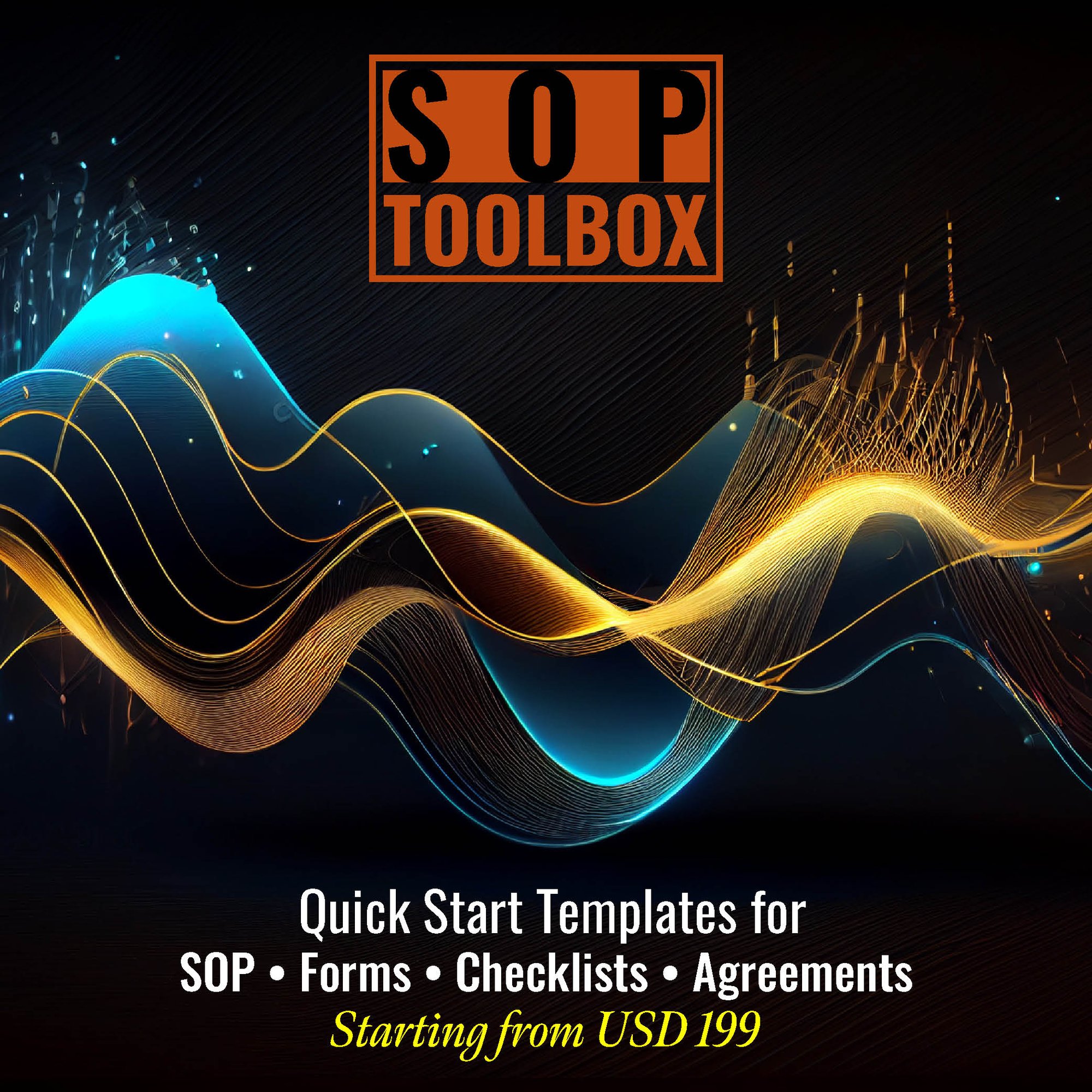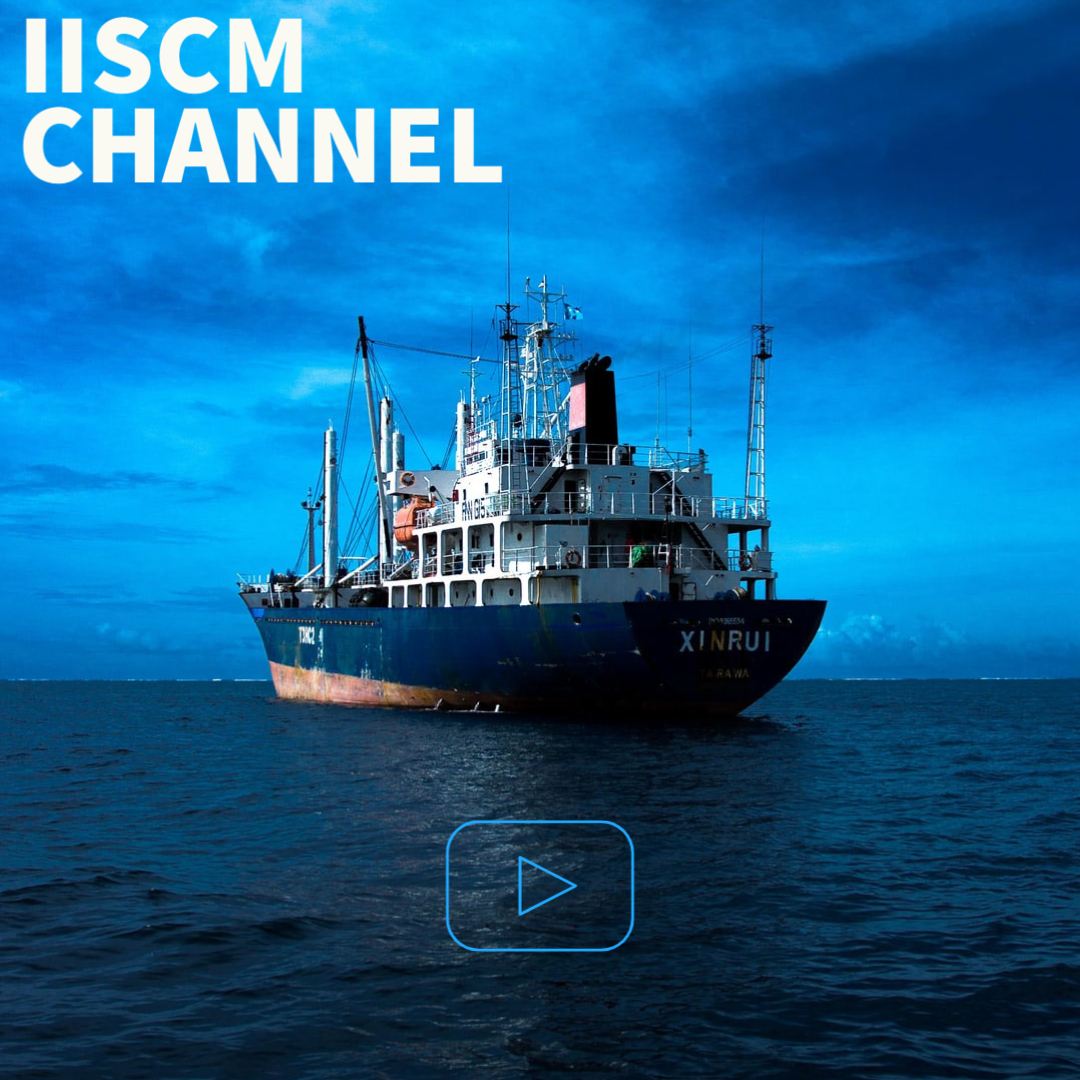Food safety guidelines are essential protocols designed to ensure the proper handling, storage, and preparation of food to prevent contamination and foodborne illnesses. These guidelines cover key aspects such as personal hygiene, sanitation, temperature control, cross-contamination prevention, and regulatory compliance. Organizations in the food industry, including restaurants, manufacturers, and suppliers, must adhere to standards set by authorities like the FDA, HACCP, ISO 22000, and FSSAI. Implementing strict food safety procedures not only protects consumer health but also helps businesses maintain regulatory compliance, avoid legal issues, and enhance their reputation in the market by ensuring high-quality, safe food products.
Fhyzics Business Consultants’ Food Safety Guidelines Templates provide businesses with a structured framework to maintain the highest safety and hygiene standards in food handling. These templates cover key aspects such as food storage protocols, hazard analysis, sanitation procedures, and compliance with local and international food safety regulations.
With step-by-step instructions, organizations can streamline processes like food inspection, allergen management, temperature monitoring, employee hygiene training, and contamination control. The templates also include record-keeping formats, regulatory checklists, and emergency response procedures to ensure businesses stay prepared for audits and unexpected food safety incidents.
By implementing Fhyzics’ food safety templates, organizations can reduce health risks, prevent foodborne diseases, and ensure consumer safety. The structured approach enhances operational efficiency, reduces wastage, and builds customer trust. Additionally, compliance with HACCP, ISO 22000, and other regulatory bodies helps businesses avoid penalties, lawsuits, and recalls.
With a well-defined food safety strategy, organizations can create a culture of hygiene and safety, improving their market reputation while ensuring their food products meet global standards. These templates are invaluable for restaurants, catering businesses, food manufacturers, and retail outlets aiming for excellence in food safety management.
Top 10 benefits of Food Safety Guidelines
1. Ensures Consumer Safety – Prevents foodborne illnesses and contamination.2. Regulatory Compliance – Adheres to HACCP, FDA, and ISO 22000 standards.
3. Reduces Legal Risks – Avoids lawsuits and penalties due to non-compliance.
4. Enhances Brand Reputation – Builds consumer trust in food quality.
5. Improves Food Quality – Ensures better storage, handling, and preparation.
6. Prevents Cross-Contamination – Reduces risks from allergens and bacteria.
7. Boosts Employee Awareness – Provides hygiene training for food handlers.
8. Optimizes Operational Efficiency – Streamlines food safety processes.
9. Minimizes Food Wastage – Improves inventory and storage management.
10. Prepares for Audits – Ensures readiness for inspections and certifications.
This Article is Uploaded by: Gokul K
Keywords: Food safety guidelines, HACCP compliance, food hygiene standards, food contamination prevention, food safety regulations, FDA food safety, ISO 22000 certification, safe food handling, food safety audits, food storage best practices, foodborne illness prevention, cross-contamination control, food sanitation procedures, kitchen hygiene rules, restaurant food safety, food safety training, regulatory food safety compliance, food safety risk assessment, food allergen management, temperature control in food safety, food safety laws, global food safety initiatives, food hygiene inspection, foodborne disease control, safe food packaging, food supply chain safety, food industry best practices, food safety monitoring, consumer food safety awareness, microbiological food safety, food handling protocols, food quality assurance, restaurant hygiene audits, food poisoning prevention, FSSAI regulations, food manufacturing safety, commercial kitchen safety, food handling certification, hygiene and sanitation guidelines, food processing safety, food safety emergency response, organic food safety standards, perishable food handling, foodborne pathogen control, food recall procedures, food safety checklists, packaged food safety, food safety culture, GMP in food industry, kitchen sanitation protocols, HACCP food safety plan, food inspection compliance, food safety record-keeping, best practices in food safety, pest control in food industry, industrial food hygiene, risk management in food safety, foodborne outbreak response, cold storage food safety, food safety labeling requirements, retail food safety compliance, food preservation guidelines, allergen-free food production, foodservice safety procedures, frozen food handling, sanitation in food processing, food supply chain risk management, restaurant food safety tips, sustainable food safety practices, workplace food hygiene training, global food safety standards, foodborne illness reporting, street food safety regulations, food and beverage industry compliance, HACCP principles and applications, food ingredient safety, fast food safety protocols, kitchen safety audits, perishable goods storage safety, cooking temperature guidelines, food processing plant hygiene, environmental impact on food safety, restaurant food safety inspections, food safety modernization act, HACCP plan implementation, dairy industry food safety, meat processing hygiene, food safety crisis management, traceability in food supply chain, consumer protection in food industry, food irradiation safety, public health and food safety, automated food safety monitoring, food waste reduction strategies, and certified food safety programs.















